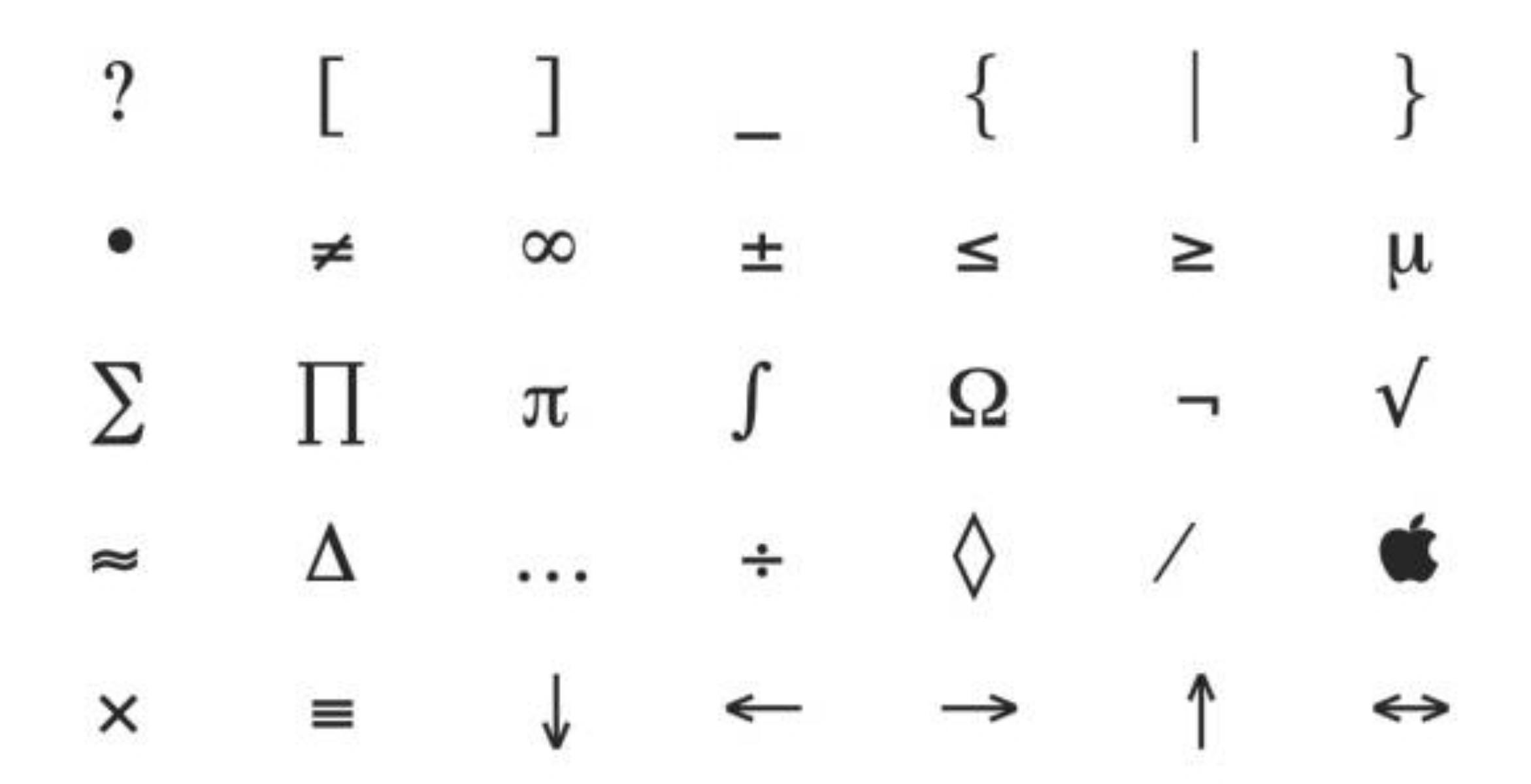Description and Characteristics of Symbolic Thought
Curated from: exploringyourmind.com
Ideas, facts & insights covering these topics:
8 ideas
·965 reads
11
Explore the World's Best Ideas
Join today and uncover 100+ curated journeys from 50+ topics. Unlock access to our mobile app with extensive features.
Introduction
Symbolic thinking is what allows humans to talk about past events, as well as to hypothesize about what may happen in the future. In other words, it allows you to get out of a current situation in order to evoke another reality , be it past or future.
This type of thinking allows you to go beyond what your senses are capturing in the present moment through memories and hypotheses.
22
345 reads
What's symbolic thought?
One could define symbolic thinking as the ability to think about the present situation. In other words, it’s a type of thinking that allows you to visualize the reality of a given environment , according to personal experiences.
18
133 reads
Piaget’s preoperative thinking
Symbolic thinking is part of preoperative thinking. This is a broader concept that would go through three stages during its development.
- Symbolic thinking.
- Egocentrism (the child can’t dissociate from their own point of view).
- Pre-conceptual prelogical thinking.
19
113 reads
Manifestation
Series of manifestations occur in the development of the child that makes this process possible during the stage of formation and consolidation of symbolic thinking. These are:
- Deferred imitation.
- Symbolic play.
- A verbal evocation of non-present events.
- Drawings.
Symbolic thought becomes latent and gradually consolidates through all of these manifestations.
18
75 reads
Language
This is one of the main manifestations of symbolic thought, as it’s based on symbolization. What does this mean? It means the verbal keys you describe reality with aren’t what they point to but rather their translation into abstract terms.
In other words, people use language to represent reality through symbols, words in this case, and the same occurs with symbolic thought.
19
65 reads
The symbolic game
According to Piaget, symbolic play appears around the age of two, which is when the child has a sense of the permanent object. That is, they understand that an object still exists even if it isn’t in their field of vision. The reality is humans never stop playing, and doing so almost always involves learning.
22
64 reads
Drawing and painting
You shape what you want to evoke through symbols . Thus, drawing is the ability to use signifiers to refer to meanings due to symbolic thinking.
In a certain way, both drawing and painting allow humans to represent something from outside but also the ideas inside their minds. As you can see, this is what symbolization is all about.
19
62 reads
“Evil doesn’t actually exist. It’s just an abstract concept we use to describe shitty behavior. It’s an idea, a concept, a thought, not a thing.”
OLIVER MARKUS MALLOY
23
108 reads
IDEAS CURATED BY
Sara Tarakci's ideas are part of this journey:
Learn more about psychology with this collection
How to prioritize and simplify your life
The importance of rest and relaxation
The benefits of slowing down
Related collections
Similar ideas
7 ideas
The 7 Major Schools of Thought in Psychology
verywellmind.com
8 ideas
The 7 Major Schools of Thought in Psychology
verywellmind.com
5 ideas
Read & Learn
20x Faster
without
deepstash
with
deepstash
with
deepstash
Personalized microlearning
—
100+ Learning Journeys
—
Access to 200,000+ ideas
—
Access to the mobile app
—
Unlimited idea saving
—
—
Unlimited history
—
—
Unlimited listening to ideas
—
—
Downloading & offline access
—
—
Supercharge your mind with one idea per day
Enter your email and spend 1 minute every day to learn something new.
I agree to receive email updates





